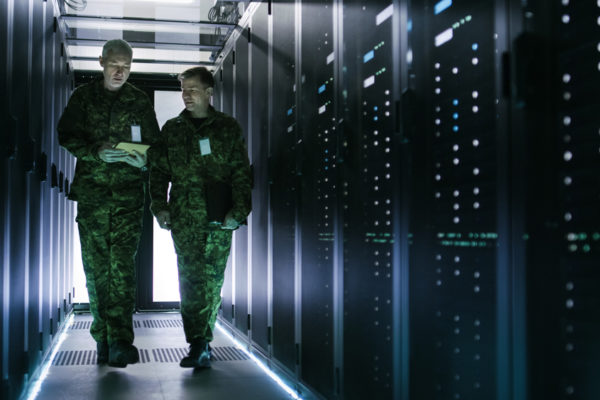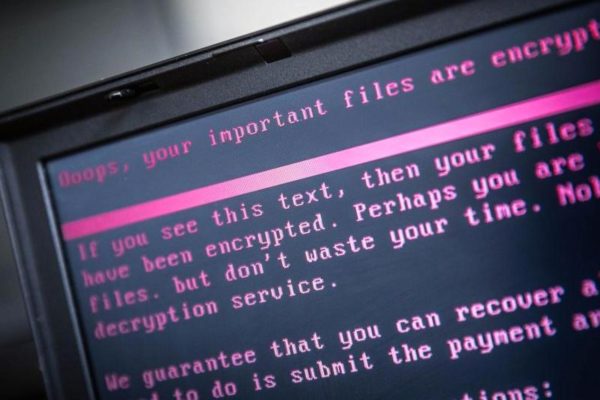Atlanta ransomware attack on the municipal networks of the city has been a highlight of worldwide cybersecurity landscape this year. In March, the cryptovirological activity affected the major part of Atlanta’s local government networks resulting in disruption of many public service.
Following Atlanta ransomware attack, several small towns in the US and Canada have suffered similar cyber attacks. The possibility that a cyber attack can cripple the delivery of services of an entire city has petrified cybersecurity experts.
With municipal infrastructures becoming more dependent on the use of the internet, the destruction caused by such attacks will only increase with time. Keep in mind that the ransomware removal and recovery costs in Atlanta have been constantly racking up. Therefore, it is important for all city administrations to learn some important lessons from the Atlanta ransomware attack. It will help them in mitigating the attack and concluding the disaster recovery and ransomware removal in a better manner.
Hyper-alert is the new normal
Like conventional terror assaults, cyber attacks usually take place with no prior tip-offs. This means city administrations will have to be continuously on their toes to detect and fend off any ransomware attack. So, in connection with cybersecurity, the state of hyper-alert should be maintained all the time. Experts thus suggest cities to take the state of hyper-vigilance as the new normal.
No level of cybersecurity is enough
This is another important lesson to be learned from Atlanta ransomware attack. Administrations can’t treat cybersecurity as a static and one-time development. In order to keep up with the evolving threat, organizations have to turn their cybersecurity measures into a dynamic and never-ending, ever-developing processes. For instance, experts need to continuously work to hone their ransomware removal expertise in the face of evolving cryptovirological threat.



